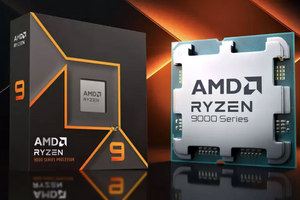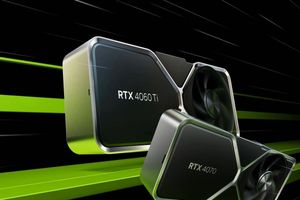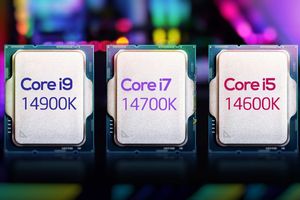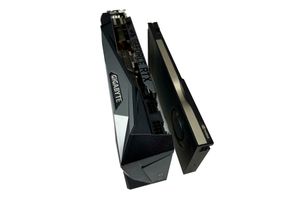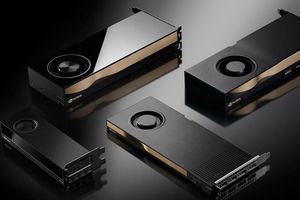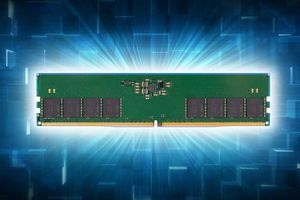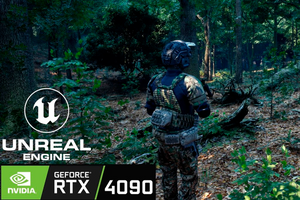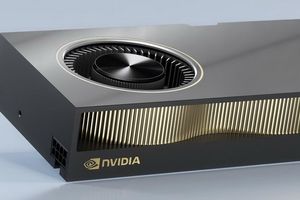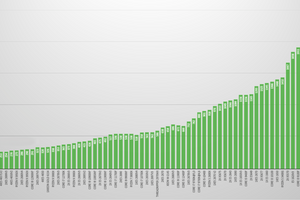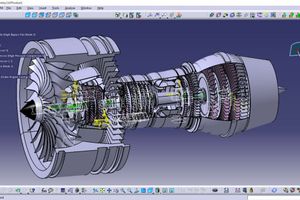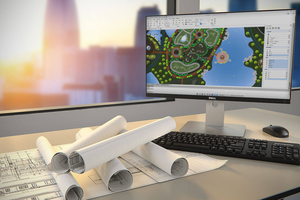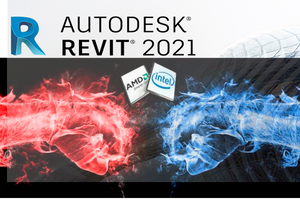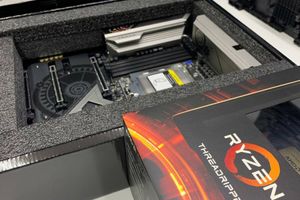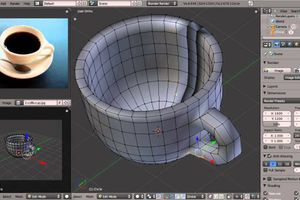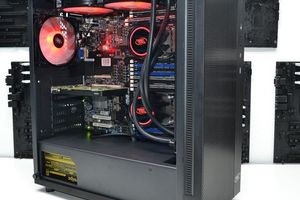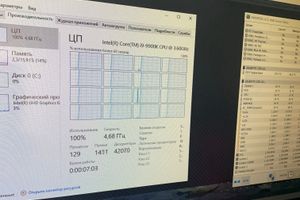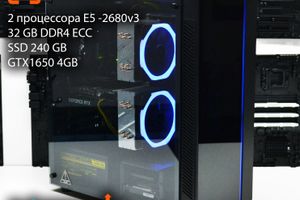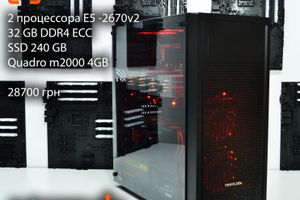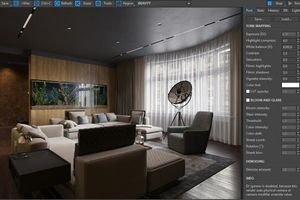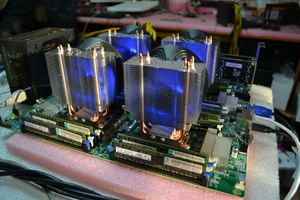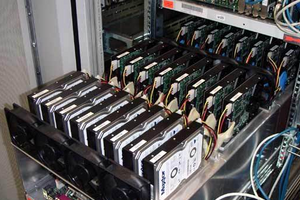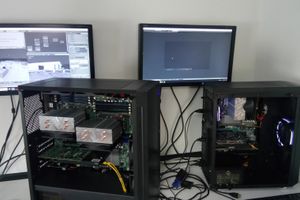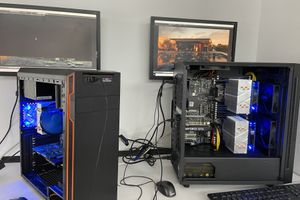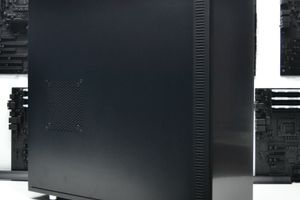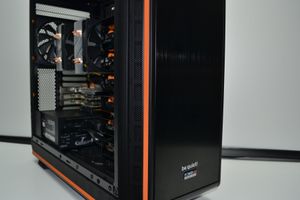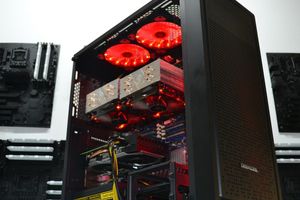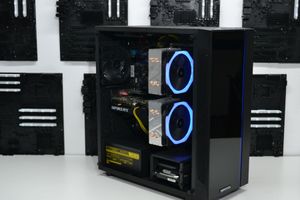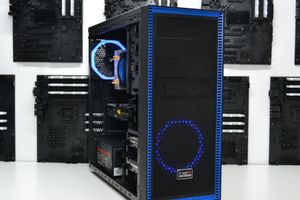NVIDIA's latest generation of GPUs, the RTX 40 series, follows the company's tradition of staggered launches with the separate release of the RTX 4090, 4080, and now the RTX 4070 Ti 12GB. After the debut of the GeForce RTX 4080 16GB in November and the GeForce RTX 4090 24GB in October, the three best GPUs in the series are now available. It's a good time to do a comprehensive performance test of these 40-series cards in a variety of content creation tasks, including 3D rendering and video editing. In particular, we will focus on Maxon's Redshift.
In this article, we will use Maxon's built-in Redshift benchmark to explore the performance of the GeForce RTX 40 Series in GPU rendering. For comparison, we'll include the full lineup of the previous generation GeForce RTX 30 Series, as well as the GeForce RTX 2080 Ti for additional context. Currently, Redshift only supports NVIDIA GPUs on Windows, so we don't have any competing products from AMD or Intel to compare.
If you'd like to learn more about the new GeForce RTX 40 Series cards (including the 4070 Ti, 4080, and 4090) and what sets them apart from the previous generation, we recommend checking out our main article NVIDIA GeForce 40 Series vs AMD Radeon 7000 for content creation. This article contains more detailed information about GPU specifications, test results in various applications, as well as complete information about the hardware and software setup used in our testing.
Overall Redshift performance analysis
.jpg)
As we can see, NVIDIA GeForce RTX 40 Series GPUs are currently the fastest GPUs available for rendering in Redshift. The newest model, the RTX 4070 Ti 12GB, is faster than even the fastest previous-generation RTX 30 Series GPU. At first glance, all three graphics cards seem to be great options for GPU visualization. Next, we'll take a look at these results to get more details on how they perform in the stack.
NVIDIA GeForce RTX 40 Series vs. RTX 30 Series
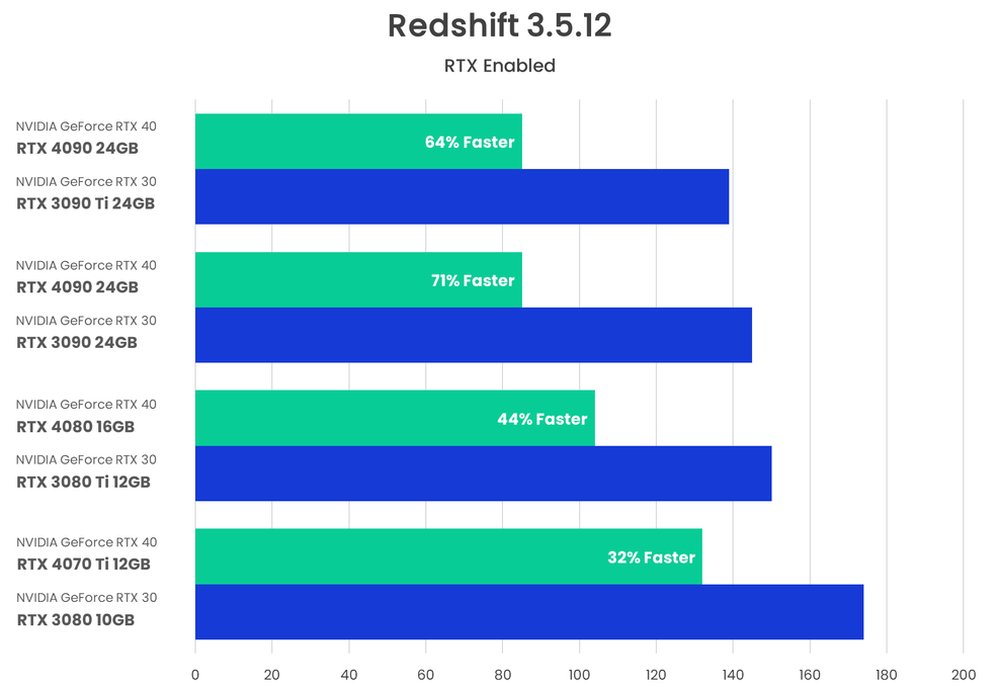
In the chart above, we compare the new generation of cards to their closest price point equivalent in the previous generation. Due to changes in architecture, supply chain, etc., NVIDIA doesn't always keep their naming scheme consistent, so this gives you a better comparison of what performance you can expect at a given price point. We only added the top-of-the-line RTX 3090 Ti because it doesn't have a price equivalent at the moment.
Starting with the RTX 4090 24GB, it is 71% faster at completing renders than the RTX 3090, with only a 7% increase in price. This is not as big an improvement as we see with other GPU rendering engines, but this is likely a limitation of the benchmark itself, not the GPU's potential. The RTX 4090 also outperforms the much more expensive RTX 3090 Ti, a GPU that is less than a year old. For those looking for the highest-performing GPU for rendering, the RTX 4090 with 24GB is by far the best option.
Moving on to the RTX 4080 16GB, this GPU costs the same as the RTX 3080 Ti, but delivers 44% faster rendering. It also increases the available VRAM from 12 GB to 16 GB, which allows for larger and more complex renders, which most users will appreciate. Again, this is a great improvement from generation to generation.
Finally, we'll take a look at the latest version, the RTX 4070 Ti 12GB. This GPU costs $100 more than the RTX 3080 10GB (about 14% more expensive). It provides 32% higher rendering performance for this additional cost and has an additional 2GB of VRAM. While it is still a welcome upgrade over the RTX 3080, it is not as impressive as the RTX 4090 and 4080. If we compare by product name, the new RTX 4070 Ti is 61% faster than the RTX 3070 Ti, but it is also 33% more expensive. No matter how we compare, the RTX 4070 Ti delivers more performance than the increase in cost, but it is overshadowed by its more powerful siblings.
NVIDIA GeForce RTX 40 Series vs. GeForce RTX 20 Series
Most users don't upgrade every generation, so we decided to compare the new GPUs to the king of rendering that was at the top a few years ago. This isn't so much a price comparison as it is a demonstration of what kind of improvement a user can expect if they decide it's time to upgrade. As you can see from the chart, if someone upgrades from the 2080 Ti, they will see a 2 to 3x improvement in rendering speed. This increase in speed is likely to be applicable to the new Cinema4D modeling systems as well, providing a significant all-around improvement.
How well does the NVIDIA GeForce RTX 40 perform in Redshift?
The NVIDIA GeForce RTX 40 series has significantly improved GPU rendering performance in Redshift compared to the RTX 30 series. The top-of-the-line model, the RTX 4090 24GB, is 71% faster in Redshift than the previous generation RTX 3090. The RTX 4080 16GB has a smaller, but still 44% speed boost over the RTX 3080 Ti at a similar price point. While the RTX 4070 Ti 12GB is not as impressive as the RTX 4080 or RTX 4090, it also delivers 32% faster rendering performance than the RTX 3080, although it costs 14% more. This performance increase is enough for the 4070 Ti to outperform the RTX 3090 Ti, a graphics card that is only a year old and costs twice as much.
It is worth noting that these tests do not take into account the amount of available VRAM. When rendering on a GPU, VRAM can be somewhat limited as scenes become larger and more detailed. This can lead to “out of memory” errors or a fallback to CPU rendering and loss of GPU speed advantages. Also note that NVLink is not offered on any of these GPUs, so combining the VRAM of two GPUs is no longer an option.
